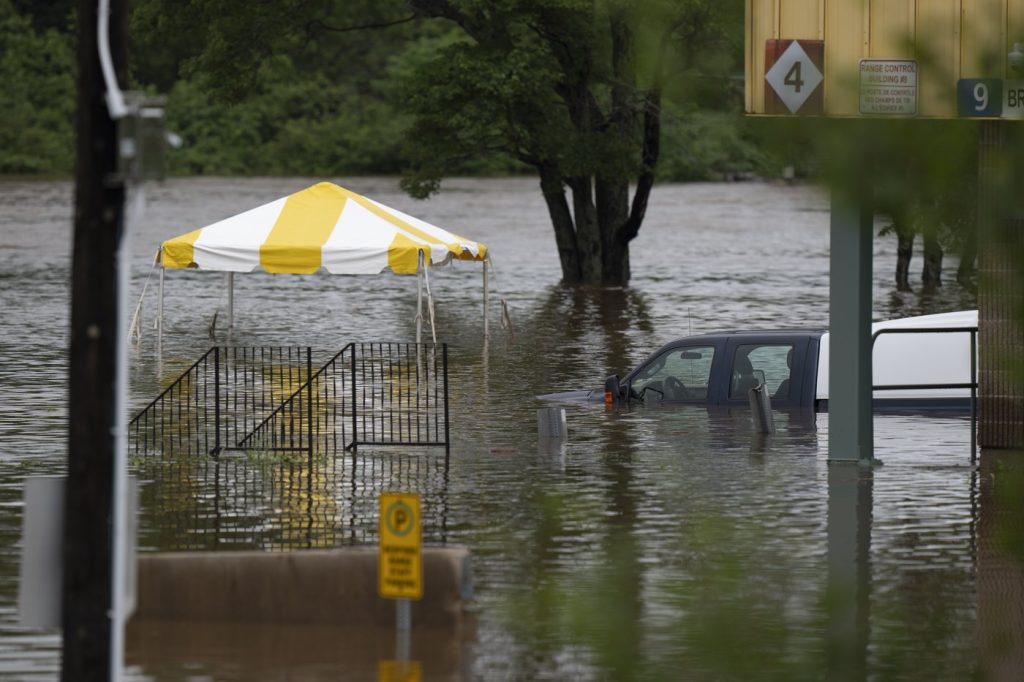A recent report highlights the urgent need for a coordinated flash flood warning system in Canada, especially in light of expected reductions in U.S. climate and weather-related funding. Prepared for Environment and Climate Change Canada by the Council of Canadian Academies, the assessment addresses the vulnerability of Canada’s weather and water monitoring due to significant cuts to the U.S. National Oceanic and Atmospheric Administration (NOAA). These reductions threaten various monitoring services ranging from the Arctic to the Great Lakes.
The report stresses the importance of maintaining Canada’s own observation network as a critical function of the weather service. This need is heightened as climate change and artificial intelligence increasingly influence how weather forecasts are developed and disseminated. However, gaps in the observation network are evident, particularly in northern regions where weather stations may be several hundred kilometers apart. This limited proximity can result in the neglect of vital weather variables, compounding the risks posed by extreme weather events.
Climate change is a recurring theme in the report, which indicates that it will lead to an increased demand for timely and accurate extreme weather warnings. While the authors do not make formal recommendations, they express a clear need for a more integrated flood forecasting system, including enhanced flash flood alert mechanisms. The report criticizes the current fragmented nature of warning and response initiatives in Canada as a significant weakness in the nation’s overall weather forecasting capabilities.
Moreover, the report points out that climate change is putting additional strain on Canada's weather infrastructure and budget resources. Extreme weather events are causing damage to weather stations, and the demand for high-quality data needed to enhance climate models is on the rise. Despite these mounting challenges, program spending on hydro-meteorological services in Canada has remained relatively unchanged over the past five years.
The federal government commissioned the Council of Canadian Academies to conduct this assessment to explore how the public hydro-meteorological service can evolve to meet increasing demands. The report references recent changes at NOAA multiple times. The U.S. administration's funding cuts and restrictions on its scientists' ability to collaborate internationally could jeopardize Canada’s access to valuable remote sensing data.
This situation could adversely impact Canada’s capacity to conduct accurate weather and climate analyses. The drop in funding for NOAA, along with its uncertain role as a reliable data-sharing partner, underscores the necessity for Canada to bolster its data sovereignty. This scenario highlights an opportunity for strengthening collaborations with European service providers for more robust data sharing.
Furthermore, the report indicates that while artificial intelligence has the potential to improve the accuracy and resolution of weather forecasts, it must be used alongside traditional physical modeling techniques. The decision-making processes of AI models can often be opaque, and they may falter in unprecedented scenarios, such as those driven by the evolving climate where historical data may no longer be sufficient. The report advocates for future forecasting systems that effectively integrate AI with proven physics-based modeling to ensure consistent, reliable, and frequent weather predictions.
This comprehensive evaluation serves as a critical tool in identifying the gaps and opportunities within Canada’s weather services amid shifting climate dynamics and funding landscapes. By addressing these issues proactively, Canada can enhance its preparedness for extreme weather events and safeguard its meteorological data integrity.










